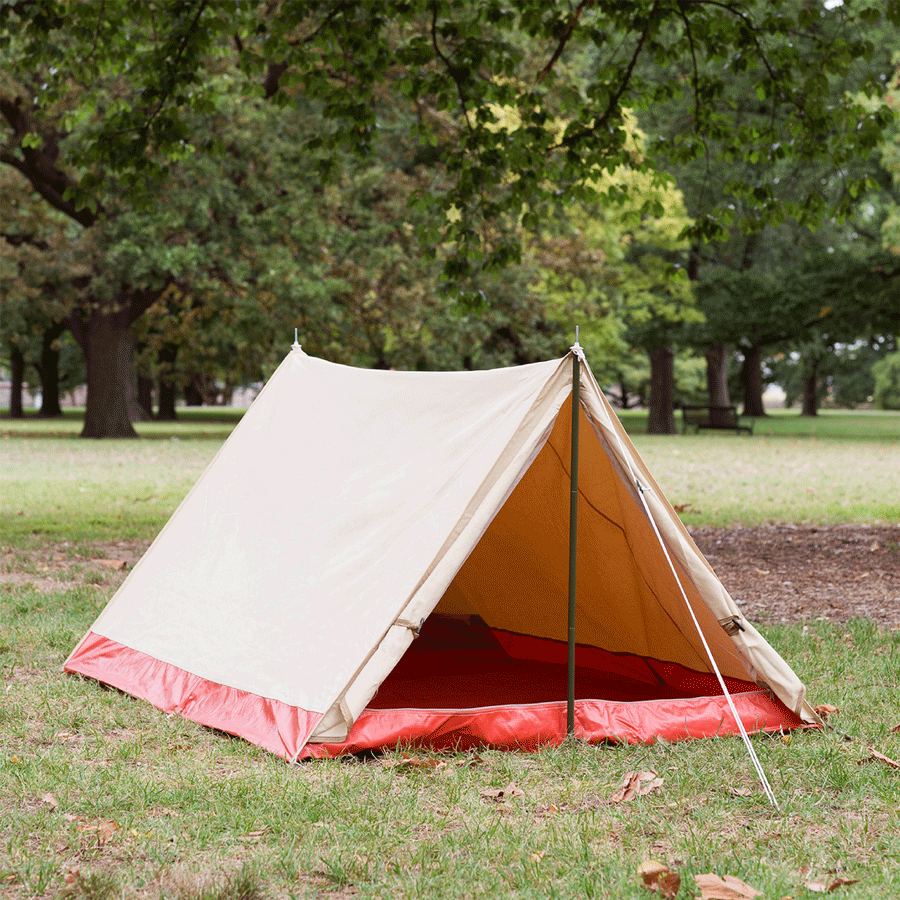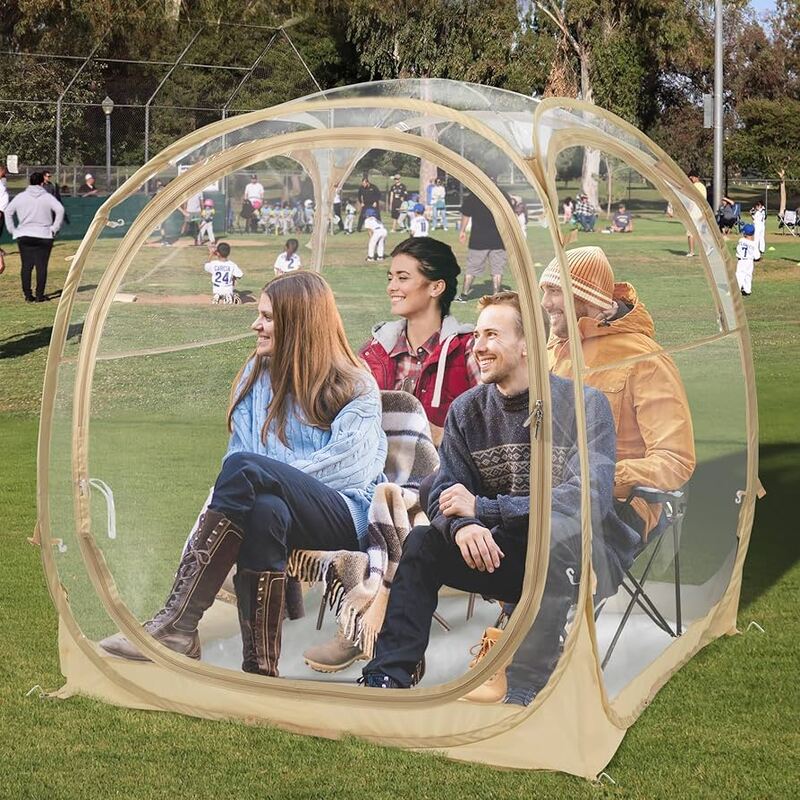Tents have been essential shelter forms throughout history. They provide comfort, protection, and versatility in various environments. To understand their significance, it’s critical to explore tent definition, types, uses, and remarkable history. By delving deeper into the world of tents, a comprehensive understanding allows for better appreciation.
Understanding the Basic Tent Definition
Tents are temporary structures made from fabric, supported by a framework. They can take various forms, ranging from small camping tents to large festival tents. Commonly, a tent serves as a shelter against weather elements. Therefore, they are designed to be lightweight and portable. Their adaptability makes them a popular choice in various scenarios.
The Materials Used
Tents are typically constructed from durable fabrics. Common materials include polyester and nylon, which are both lightweight and strong. Furthermore, tent fabrics often come with water-resistant coatings. This feature helps protect the interior from rain and moisture. In some cases, canvas is used for sturdier tents. Specifically, canvas provides excellent insulation and longevity.
Structural Design Elements
In addition to fabric choice, structural support is vital. Tents often include poles, stakes, and guylines for stability. Poles may be made of aluminum or fiberglass for lightweight convenience. Moreover, stakes secure the tent to the ground during windy conditions. Guylines provide added support, ensuring the tent remains stable. These structural elements greatly enhance the effectiveness of a tent as a shelter.

Different Types of Tents
The variety of tents available today is quite vast. Each type serves a specific purpose and audience. Therefore, understanding these categories helps users choose the right tent. Ranging from camping tents to event tents, diverse options appeal to different needs.
Camping Tents
Camping tents are designed for recreational use. Typically, they are lightweight and portable, making them easy to carry. They come in numerous shapes and sizes. For example, dome tents are popular because of their aerodynamic shape. This design helps withstand wind conditions. Furthermore, backpacking tents are specifically designed for hiking. They prioritize lightweight materials to ease transportation.
Festival and Event Tents
On the other hand, festival and event tents cater to large gatherings. Often, they feature more elaborate designs and larger structures. Event tents can accommodate dining, concerts, or exhibitions. They often provide adequate space for many guests. Additionally, these tents may include sidewalls to protect from inclement weather. Their versatility allows for extensive customization based on event needs.
Practical Uses of Tents
Tents serve practical purposes across various activities and events. They provide shelter in camping scenarios, outdoor events, and emergencies. Consequently, their functional versatility sets them apart as important structures.
Outdoor Recreation
Outdoor enthusiasts frequently rely on tents during adventures. For example, family camping trips are a common use case. Groups can set up tents in scenic locations for various activities. Tents make it possible to enjoy nature while remaining comfortable. Furthermore, tents can serve as a base camp for hiking and climbing expeditions. They offer secure storage for gear and equipment.
Emergency and Relief Operations
In emergency situations, tents can be lifesaving. Humanitarian organizations often utilize temporary shelters after natural disasters. These tents serve as immediate housing solutions. Typically, they are easy to set up and dismantle. Thus, they can be deployed quickly in crisis scenarios. Additionally, tents can be used in refugee camps to protect displaced individuals. Their portability and functionality make them ideal in such settings.
The Cultural Tent Definition
Tents often hold cultural importance in various societies. Traditionally, nomadic tribes relied on tent-like structures. They reflect adaptability and resilience in changing environments. Moreover, some cultures incorporate tents in ceremonial practices.
Nomadic Lifestyles
Nomadic tribes have historically utilized tents as shelters. They are easy to assemble and disassemble for ongoing movement. For example, yurts and tipis are iconic structures used by various cultures. These tents symbolize a connection between people and nature. Thus, nomadic living has shaped their identities over generations.
Ceremonial Uses
In many cultures, tents play central roles in ceremonies. For example, weddings may feature large decorated tents. These spaces create an intimate atmosphere for guests. Additionally, tents may be used in religious events, festivals, or celebrations. Their adaptability allows for diverse cultural expression. Therefore, tents definition across cultures.

Innovations in Tent Technology
The evolution of tent technology has enriched camping experiences. Modern advancements enhance durability, comfort, and ease of use significantly. Innovations have transformed how people interact with outdoor environments.
High-Tech Materials
The development of high-tech fabrics has changed camping. New materials are designed to withstand harsh weather conditions. For example, breathable waterproof fabrics enhance comfort inside tents. Additionally, advancements in UV resistance protect campers from sun damage. These innovations ensure that tents remain safe and enjoyable.
Smart Features
Incorporating smart technology is another innovation trend. Today, some tents offer built-in lighting and USB charging ports. These features enhance convenience in the outdoors. Additionally, some tents have self-inflating mechanisms, which speed up setup. Therefore, these enhancements improve overall user experience. It’s evident that technology continues to reshape the tent industry.
Tips for Choosing the Right Tent
Selecting the ideal tent requires careful consideration. Various factors should guide the decision-making process. Understanding the intended use is paramount.
Capacity and Size
First, assess your group size. Consider how many people will occupy the tent. Additionally, account for gear and equipment storage. Generally, it’s advisable to opt for a tent that slightly exceeds capacity needs. This approach ensures comfort within the space.
Seasonality
Next, evaluate the camping season and environment. Some tents are designed for specific weather conditions. For example, three-season tents are suitable for spring, summer, and fall. Conversely, four-season tents withstand harsher winter conditions. Selecting a tent that aligns with your activities is crucial.
Setting Up and Maintaining Your Tent
Proper setup and maintenance increase a tent’s longevity. Knowing how to care for your tent enhances its functionality. Consequently, learning these skills can extend the life of your camping gear.
Setting Up Your Tent
When setting up, choose a level and clean area. Clear debris and rocks from the ground for comfort. Next, lay the footprint down to protect your tent’s floor. Then, assemble the poles according to the instructions. Maintain attention to stability and ensure proper stakes are used. Lastly, secure all guylines for added protection.
Cleaning and Storage
After each use, clean your tent thoroughly. Remove dirt and debris before storage. Generally, using a soft brush or cloth is effective. Ensure the tent is completely dry to prevent mildew and mold. Fold the tent carefully to avoid creasing. Store the tent in a cool, dry place to ensure its longevity.
Environmental Impact of Tents
Tents, while useful, can also impact the environment. It’s crucial to understand how to minimize this impact. By practicing responsible camping, users can help protect natural landscapes.
Leave No Trace Principles
Adhering to Leave No Trace principles is essential. This approach encourages minimal disruption to natural environments. During camping, maintain cleanliness by packing out trash. Avoid damaging vegetation and wildlife in the vicinity. Respecting nature protects these spaces for future generations.
Eco-Friendly Tent Options
Fortunately, the tent industry is evolving toward eco-friendly options. Some manufacturers prioritize sustainable materials and practices. Choosing tents made from biodegradable fabrics reduces environmental impact. Therefore, being mindful when selecting camping gear contributes positively to nature.

The Future of Tents
Tents continue to evolve with changing societal needs. Future innovations will likely focus on sustainability and technology. As outdoor activities grow in popularity, tent designs will adapt accordingly.
Sustainability Initiatives
Manufacturers are increasingly focusing on environmental responsibility. Bodies aim to produce tents using eco-friendly materials and methods. Sustainability initiatives will likely drive future designs. This approach will attract environmentally conscious consumers.
Increased Customization
We can also expect greater customization options for tents. As the demand for unique camping experiences rises, brands will incorporate versatile designs. Users will soon choose tents that cater to specific preferences. Thus, the future of tents holds exciting possibilities.
In conclusion, while tents may seem simple, tent definition is profound. They provide essential shelter and adapt to diverse environments. As technology and society evolve, tents will continue to play crucial roles. Their historical journey, cultural tent definition, and adaptations ensure they will remain relevant for generations. Understanding their multifaceted nature fosters a deeper appreciation of these remarkable structures.
